Building cities with a soul and places that people love

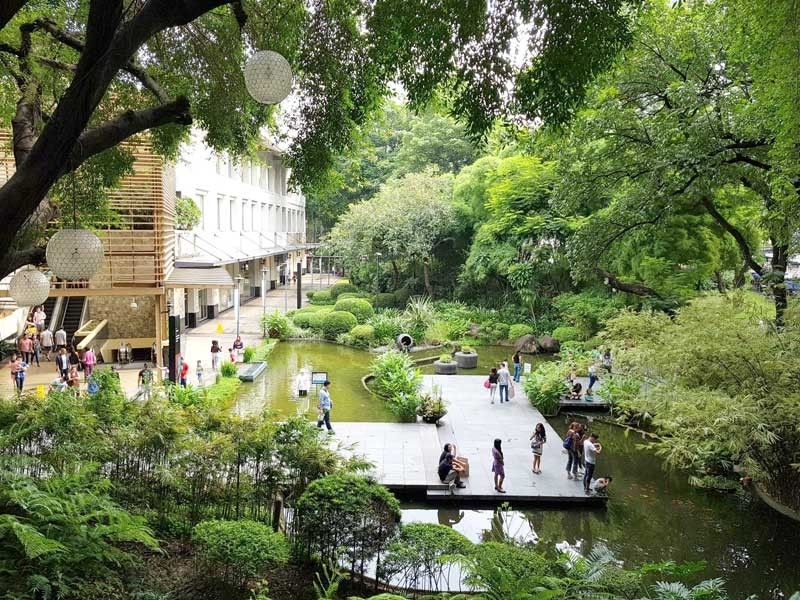
Ayala Land is celebrating its 30th year and we sat down with three of its top executives to put into context what this has meant for the country and its development.
Some decades ago, there was a clear separation of where people lived, where they worked, and where they wanted to be. Today, these lines have become blurred and it’s in no small part due to how our cities have developed.
After Manila was carpet-bombed during World War II, the Philippines needed a new central business district. Ten kilometers away, Makati was an airfield. This was the beginning of the country’s premier CBD, how Ayala Land got its DNA and how it would replicate Makati as a master-planned city in 25 other locations around the country on different scales.
Ayala Land Inc. (ALI), the developer behind Makati CBD, is celebrating its 30th year and we wanted to put into context what this has meant for the Philippines and its development, and what it means personally to three of its top executives who are working in the planning and development of new townships across the country.
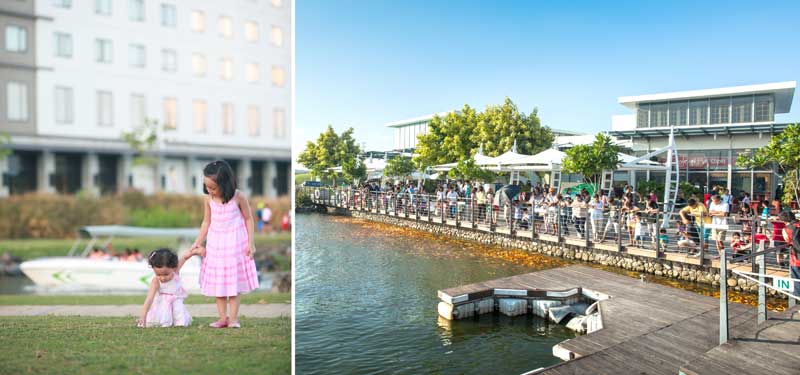
Nuvali Lakeside
Anna Ma. Margarita Dy, SVP, group head of Strategic Landbank Management; Manny Blas, VP, Strategic Landbank Management Group; and Gilbert Berba, chief architect and head of Urban Planning and Design point out that before ALI was incorporated in 1988, its holding company Ayala Corporation had already started to develop Makati after the war.
Today, Makati remains the city where people come to realize their dreams. It’s almost impossible to stand in the middle of bustling Ayala Avenue and picture in your head how empty it was decades ago.
“Makati has always been our crown jewel, our timeless classic. It is a testament to this community that the city remains relevant and dynamic despite the decades and the many options outside,” Meean Dy says. “Once defined as a financial district, today it is that and more. Whatever field you are in — finance, law, technology, the creatives or entrepreneurship — there are opportunities here for you, just as there were for your parents or grandparents.”
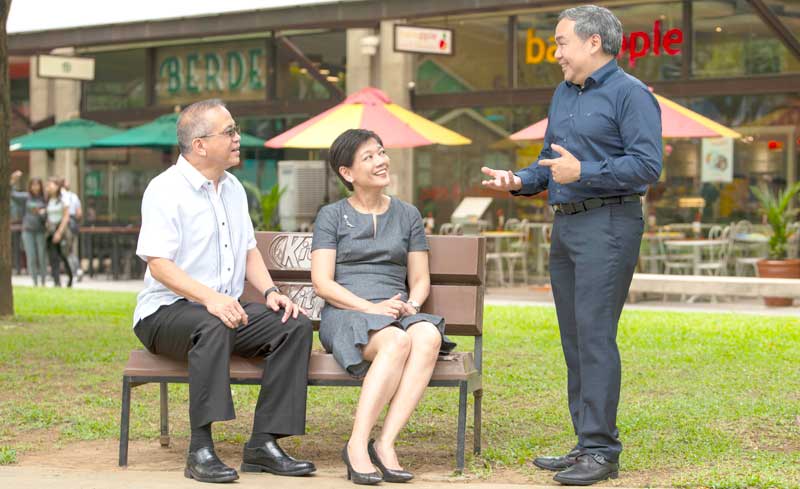
Ayala Land executives Manny Blas, Meean Dy and Gilbert Berba at the Ayala Triangle Gardens in Makati
“Makati is steeped in history and tradition. The challenge is how do you preserve that character without the city being regarded as old and worn?” says Gilbert Berba.
Ayala Land is developing several districts of Makati simultaneously — a P150-billion project that started in 2014 and will see the revitalization and addition of places for culture and the arts.
“We’re all invested in Makati and we work closely with MACEA, the association of all lot owners, and they’re the ones that built the elevated pedestrian walkways and underpasses. It’s a community effort, really,” says Manny Blas.
A sense of place
“Placemaking is about making places that people want to be in, not just have to be in. This is not always easy to achieve but this is the secret sauce,” says Dy. “If through the spaces we provide, we are able to touch people’s emotions or get them to have a lightbulb moment or have memorable experiences, then we’ve done our job.”
ALI does this by building visually impactful environments and incorporating parks, open spaces, museums, entertainment districts, and public art that encourage social activities. And these places must also be convenient to visit. Look at Makati’s Greenbelt and Ayala Triangle Gardens, BGC’s High Street and Nuvali’s lake — people go there because they have developed an emotional connection to them. They love them because they are places where they can create memories with their family and friends.
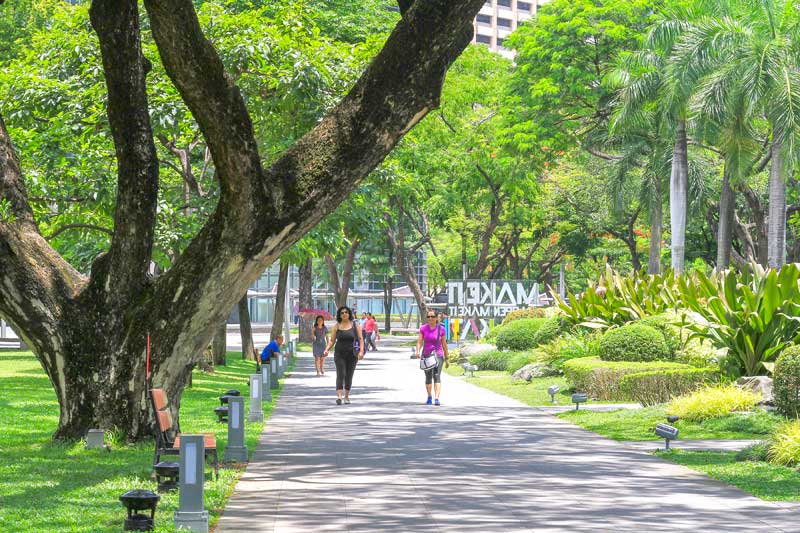
Ayala Triangle Gardens
“There are now many property developers who are into mixed-use, but it’s one thing to build a city with efficient infrastructure and quite another thing to build a community with a soul — there must be something there to make it different,” says Berba.
In Circuit Makati, for instance, ALI is building a performing arts theater and a museum of contemporary arts. Blas says, “The annual Art Fair in Makati is the inspiration for the museum. This year the fair had 30,000 visitors. I was surprised that a lot of young people were so interested in arts, and that it’s held in a parking building adds to the charm of the concept. We want to sustain that interest in the arts by building a place for it.”
Berba adds, “People who visit BGC for the first time are pleasantly surprised that there they can breathe and enjoy the open spaces.”
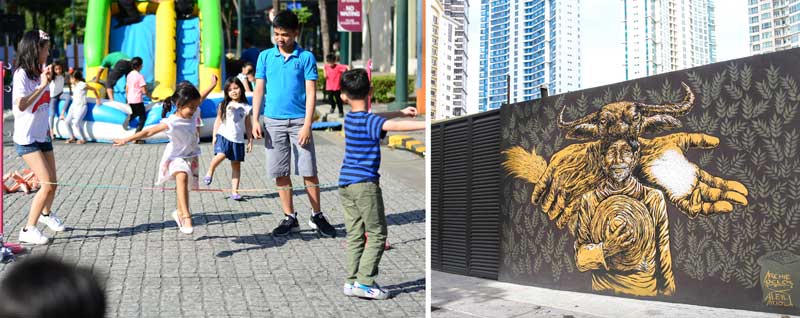
Bonifacio High Street
Dy says, “We want our estates to reflect what it means to have a ‘good life.’ That means addressing the body, mind and soul. So we design for transit and pedestrians, for safety and comfort. Our parks and open spaces are highlights of our developments; to provide rest and recreation. We invest in museums and theaters and insert art in many creative ways to stimulate the mind. We want our developments to be kind to the environment, to be resource efficient and resilient. These also happen to be elements of sustainability, a development principle that the company has committed to.”
What’s there, what isn’t there
Ayala Land in the past decade has expanded its footprint in the Visayas and Mindanao and in the kind of townships it is developing, which now includes tourism estates such as Lio in El Nido, Palawan.
Each township, says Dy, is different from the next because each one is influenced by the local culture and the environment.
“Every new development is like giving birth to a child, you think about the personality it will have. We are fortunate to be able to influence what these places can become,” she says. “We start with two things: first, what is already there, and second what isn’t there and what we’d like to see more of.”
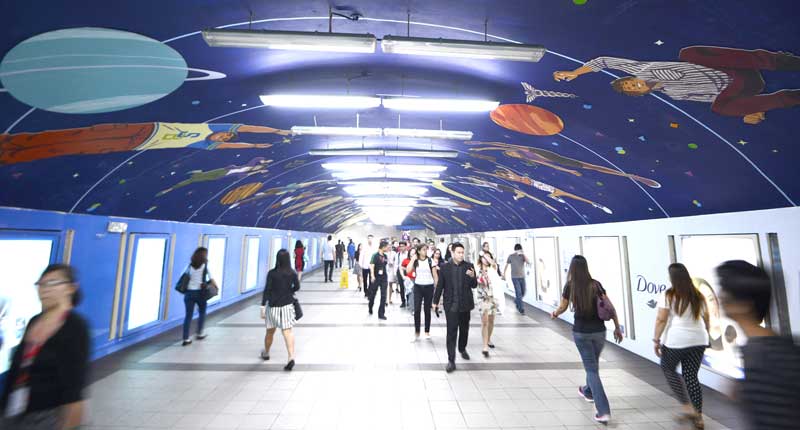
Makati pedestrian underpass
She cites their 700-hectare Vermosa in Daang Hari as a master plan that adapted to what was existing before ALI came in. “Daang Hari is a favorite of triathletes to train for running and biking. So we said, why don’t we create a more complete training ground for them? That’s how we came up with the Vermosa Sports Hub, which has an Olympic sized pool and an IAAF-certified track oval. So we built that story around the lifestyle.”
Davao’s Azuela Cove is another example of how the environment dictated the design. Facing the sea, Azuela takes advantage of the beauty of the environment by creating open spaces even as it brings elements of the urban life to the place. “It’s one thing to provide open spaces, but what’s more important is that it engages people because it’s useless if people don’t use it. Context is very important,” says Berba.
According to Dy, the second principle is “what’s not there — what people could have more of and what the place might need going into the future. Sometimes we are pioneers in new places and we begin with a vision.”
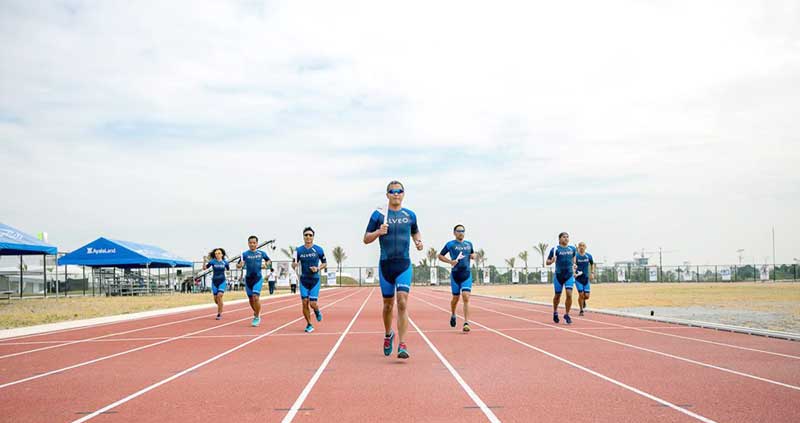
IAAF-Certified Track Oval of Vermosa Sports Hub
She recalls that on her first site visit before they started the development of Alviera in Porac, Pampanga, she stood in front of SCTEX “and in the span of 30 minutes not one car passed by. Now it’s very different. More developers have come in which is good because it means the place is more vibrant now.”
Dy explains that in Alviera they started with industrial parks because they wanted to provide employment to the community, which for decades stood idle because of the devastation from Mt. Pinatubo.
“We knew we wanted to give it elements of an urban lifestyle while building on the natural beauty of the site that’s framed by Mt. Arayat. It’s the first master-planned community of this scale in the whole province, so it would be a place for upgraders, new families and people who have roots in Pampanga.”
Legacy-making tradition
Makati was the first development built by the Ayalas, starting in the 1950s and even then, says Berba, “the DNA and spirit of building mixed-use communities were present.”
In the courtyard of Ayala Triangle Gardens stands a marker to commemorate the vision of the McMicking Plan for the city. They have come a long way in building on that legacy. The three reflect on ALI’s 30th year and what it means to them personally, Gilbert Berba says, “Seeing areas where you contribute to the planning, and how the city evolves and becomes more dynamic gives me fulfillment and gets me very excited about my work. As a planner and an architect, seeing that people are enjoying the places we build is so gratifying.”
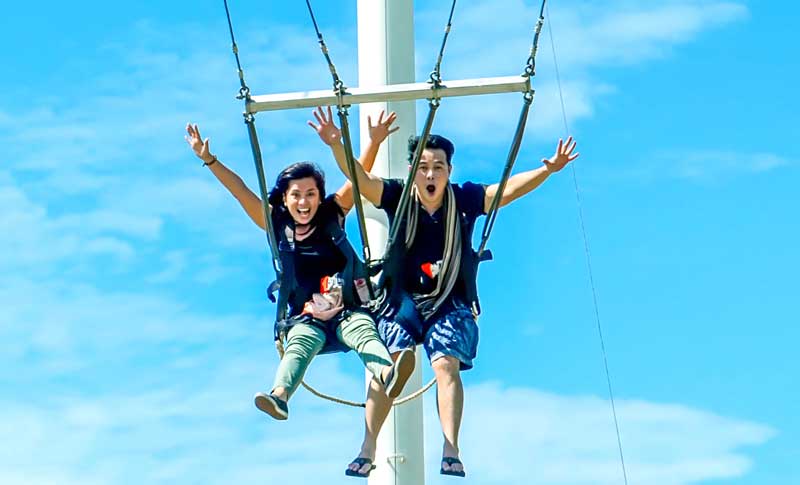
Sandbox at Alviera
Manny Blas adds, “Little did I know 20 years ago that I would be part of property development. You can become part of something in the beginning, in the middle or in its maturity — but you know you’re only a part of a long story to be told and that gives me a good feeling. That you’re making an impact on the lives of people, making it a little better and more enjoyable is part of the thrill.”
Meean Dy shares, “Our role is one of stewardship; these Estates will outlive us all. When I started with ALI, I inherited and took off from the good work done by my predecessors. We’ve built on those and started new things and one day we will pass these on to the next generation of Ayala Land, and they will undoubtedly do so many great things that we have not even thought of. We are a link in this chain that we’re trying to strengthen. For me that comes with a strong sense of pride, purpose and responsibility.”
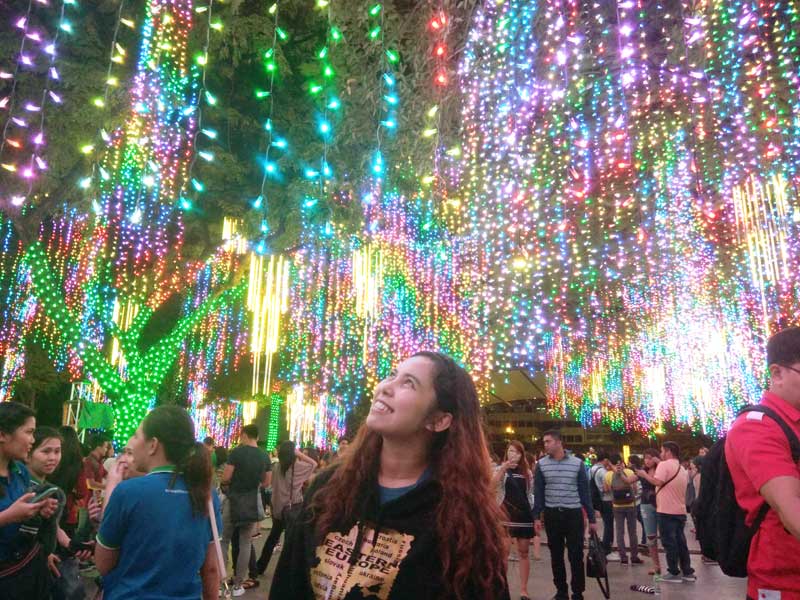
Ayala Land's Christmas tradition - The Festival of Lights
Ayala Land at 30 years is a story that’s still being told. And we can’t wait for the next chapters.















